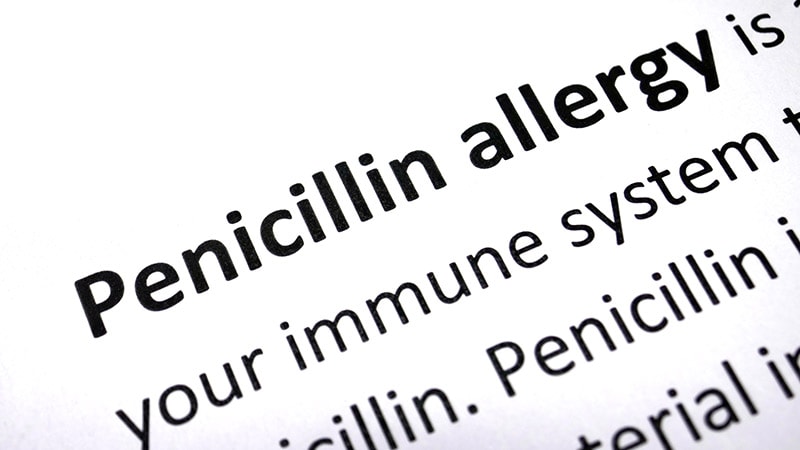Children treated by GPs in emergency departments (EDs) experience shorter waiting times but increased antibiotic prescribing compared with those treated by ED teams, reports a study published in the British Journal of General Practice.
The retrospective cohort study explored non-urgent ED presentations in a paediatric ED in north-west England.
From 1 October 2015 to 30 September 2017, a GP was situated in the ED from 2.00 pm until 10.00 pm, seven days a week. All children triaged as ‘green’ using the Manchester Triage System (non-urgent) were considered to be ‘GP appropriate’. In cases of GP non-availability, children considered non-urgent were managed by ED staff.
Of 13,099 categorised as GP appropriate, 8,404 (64.2%) were managed by GPs and 4,695 (35.8%) by ED staff. Median duration of ED stay was 39 min (interquartile range [IQR] 16-108 min) in the GP group and 165 min (IQR 104-222 min) in the ED group (P<.001).
Children in the GP group were less likely to be admitted as inpatients (odds ratio [OR] 0.16; 95% CI, 0.13-0.20) and less likely to wait >4 hours before being admitted or discharged (OR 0.11; 95% CI, 0.08-0.13), but were more likely to receive antibiotics (OR 1.42; 95% CI, 1.27-1.58). Treatment costs were 18.4 per cent lower in the group managed by GPs (P<.0001).
Given the current rising demand for emergency services, the findings of this retrospective observational study provide preliminary support for the development of ‘general practitioners in the emergency room’ service models, particularly if accompanied by antimicrobial stewardship initiatives.



